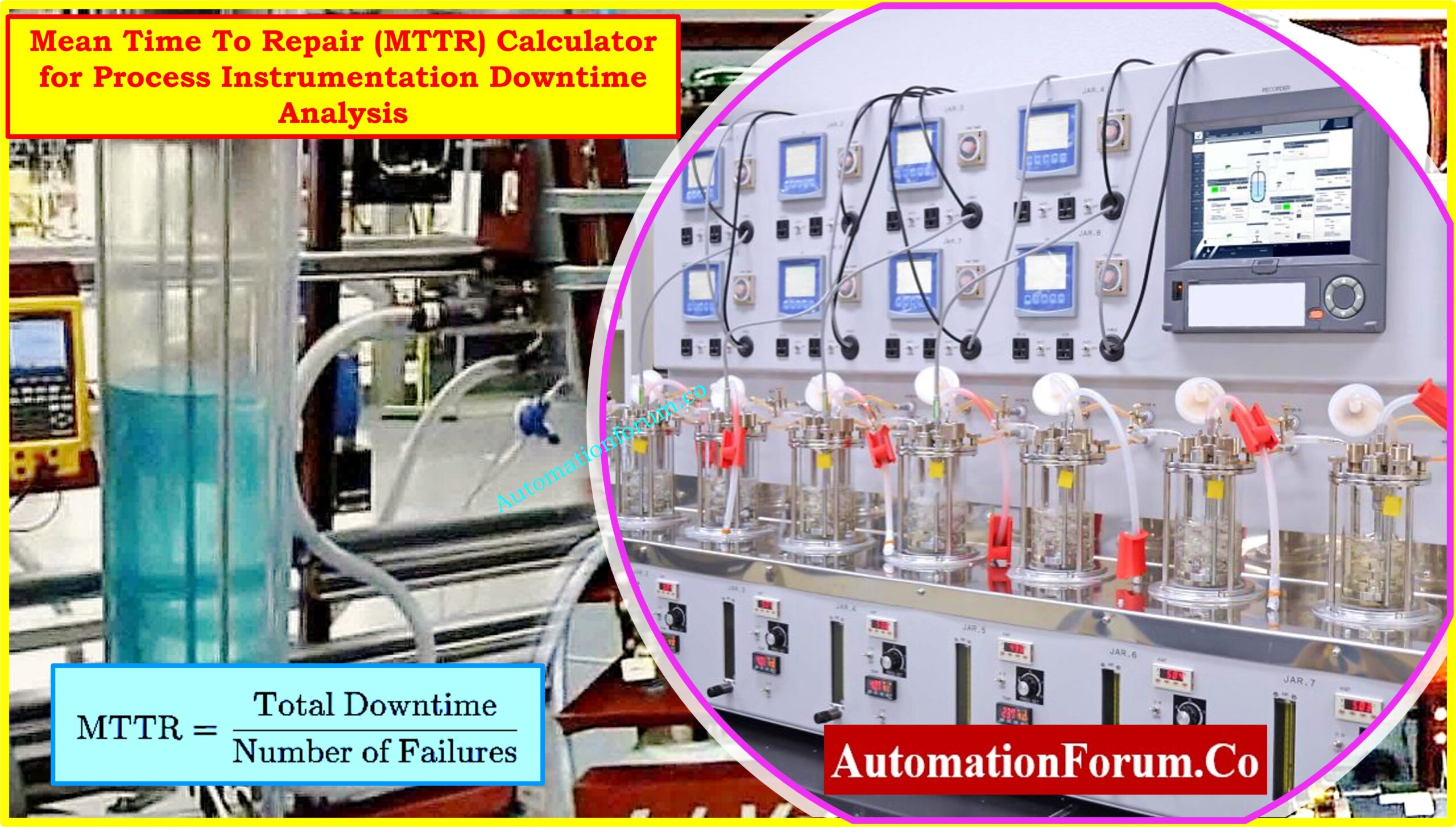Oxygen Measurement:
Oxygen measurement is important to know the correct air flow required for complete combustion. The direct measurement of O2 is a relatively new quantity and has only been incorporated into the combustion controls. With multiple O2 instruments on one boiler, some control philosophies use the average of all sensors for the control point.
Zirconium Oxide – Oxygen measurement:
The ZrO2 sensor has become the predominant technology for measuring oxygen in combustion flue gases. These sensors are usually mounted at the exit of the economizer outlet at approximately 316– 399ºC (600–750ºF).

The instrument includes a probe that can have a length of up to 3 m (9 feet) without additional support with the sensor at the tip or end of the probe. The wiring from the sensor to the outer housing of the probe is insulated for high temperatures. The sensor itself is made of zirconium oxide or platinum-plated ceramic. The sensor has an internal heater that maintains a constant temperature of approximately 750ºC (1382ºF).
Principle of Oxygen measurement:
A disk of zirconium oxide powder is mixed with a small amount of yttria. It is pressed and triggered. In the cooking process, the yttria is lost, which creates vacancies. At high temperatures, the zirconia element, like a solid electrolyte, is an oxygen ion conductor. The material of the platinum electrode adheres to the inside and outside of the zirconia.

The combination of the elevated temperatures and the material of the platinum electrode. causes the available oxygen molecules to ionize and pass from one side to the other. The oxygen ions pass from the higher partial pressure side (reference air to 20.95% oxygen) to lower the partial pressure (process gas stream). These ions travel through the zirconia element to the other electrode, creating an electromotive force between the two platinum
electrodes. The Nernst equation can be applied to calculate the force by measuring the electromotive force E
generated between the two electrodes.
Nernst Equation:
EMF = KT log10 (P1/P2) + C
Where,
P2 is the partial pressure of oxygen on the flue gas side
P1 is the partial pressure of oxygen on the reference side
T is the absolute temperature
K is a constant
C is the cell constant





